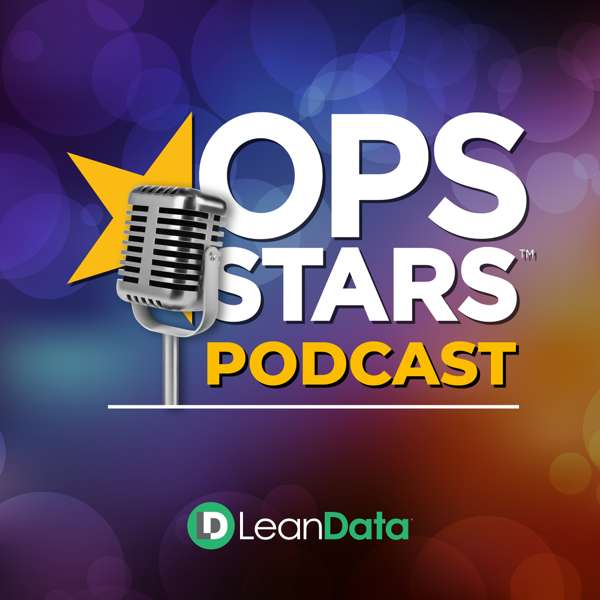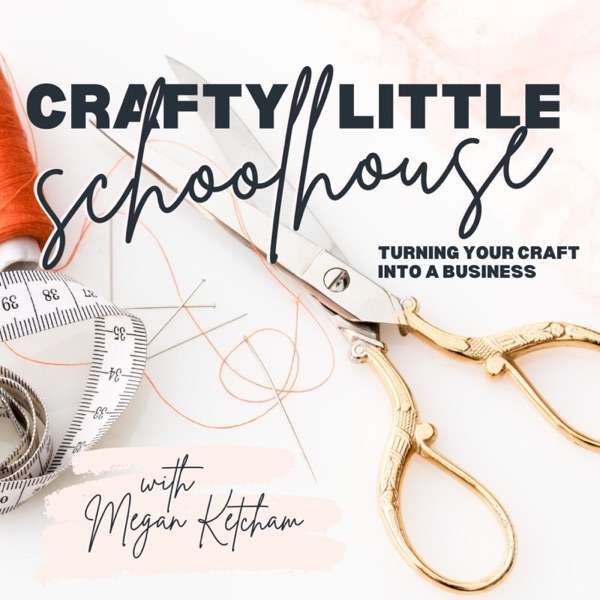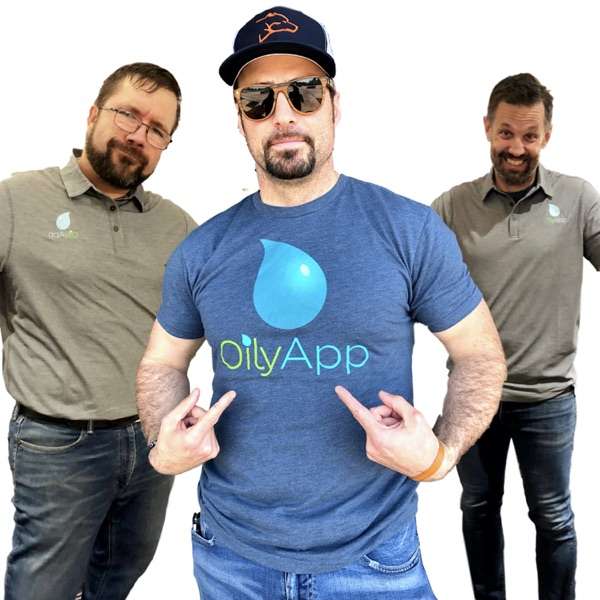You’re listening to the Fortune 500 Daily: The companies you know; the insight you need.
Support for this podcast and the following message come from TD Ameritrade. Everything’s customizable these days. Your trading platform can be too. With thinkorswim, you can customize screeners, charting, and stock forecasts, so the market is always tailored to you. You can get started at TD Ameritrade dot com slash thinkorswim.
We’re sharing some of our favorite episodes from the past year. Enjoy today's episode and stay safe.
The next time you do a Google search… consider this. Nearly seventy-percent of the world’s websites do not meet basic accessibility criteria. That means millions of people with disabilities can’t access the internet.
Kat Holmes is tackling this issue head on. She is Google’s Director of User Experience, and also author of the book “Mismatch – How Inclusion Shapes Design.”
Holmes took the stage at Fortune’s Brainstorm Design conference in March 2019 to explain her unique approach to the topic.
KAT HOLMES SOT @ :40 “The word inclusion means many different things to many different people. :44 And I was invited to write a book on this topic and in doing so had to examine whether or not I really understood what the word meant. :51 And in doing that I looked at the root word – which is (CLAW-dare), which is Latin for to shut. :56 So exclude is literally to shut out and include is to shut in 1:01 And I started to wonder maybe there is something about this mental model of being shut in and shut out, that was even limiting the way we think about inclusion and solutions associated with it. 1:11 //
2:25 Now the moment this started to unlock my thinking about this shut in shut out model is when I read world health organization’s definition of disability. Which in 2001 was dramatically redefined as a mismatched interaction between the features of a person’s body and the features of the environment in which they live. 2:42
2:43 And this shift in thinking from disability as a personal health condition to a mismatched interaction, clearly placed responsibility on me and my colleagues to examine each of our choices as we were building solutions, 2:53 to see how they were either increasing or decreasing those mismatches for people.” 2:57
Holmes cited an example of a public toilet that requires you to wave your hand over a sensor in order to flush. A great innovation for most, but a “mismatch” for anyone who is blind, cannot read the language or doesn’t have a hand to wave.
In a world where the words “diversity” and “inclusion” have become part of the corporate vernacular – Holmes said companies need to extend their focus into the design process too.
KAT HOLMES SOT @ 11:31 “So I think about that in all of the spaces and places that we create, 11:33 and the businesses that we lead and the kinds of solutions that we put out in the world 11:36 And people often ask me ‘Where do I start with inclusive design?’ 11:39 // 11:46 The key is to start recognizing the different types of exclusion that show up… // 11:51 then asking ourselves who experiences the highest degree of that exclusion, and bringing them right into the heart of the design process, 11:59 as people who participate in creating those solutions. 12:01 //11:12 It doesn’t mean that you’re designing one thing for all people, it means you’re designing a diversity of ways that people can participate in an experience with a shared sense of belonging.” 11:21
That’s your Fortune 500 Daily. Check back weekday mornings to hear more from Fortune 500 leaders. And now, you can also listen to a new Fortune podcast - Leadership Next with Alan Murray. Search for FORTUNE-LEADERSHIP-NEXT, and subscribe wherever you listen to podcasts.

 Our TOPPODCAST Picks
Our TOPPODCAST Picks  Stay Connected
Stay Connected







